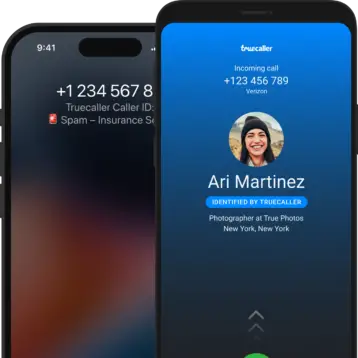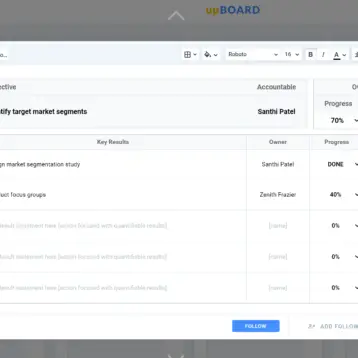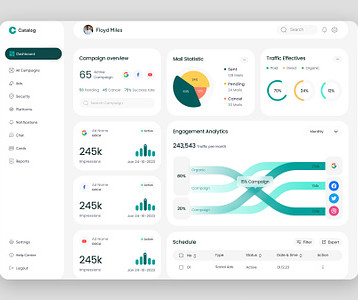Google, the National Aeronautics and Space Administration (NASA), and scientists at Arizona State University (ASU) have collaborated to create Google Mars. Google Mars includes three different views: elevation, visible, and infrared. The elevation view is a shaded relief map using color to represent elevation; the visible view shows grayscale optical camera images of Mars, and the infrared view shows thermal images including sections of higher resolution (indicated by a gold background tint).
The Google Mars maps use data from a variety of Mars missions and spacecraft. The elevation data comes from the Mars Orbiter Laser Altimeter (MOLA) on NASA’s Mars Global Surveyor spacecraft. The visible data comes from the Mars Orbiter Camera (MOC) on the same vehicle, while the infrared data comes from the Thermal Emission Imaging System (THEMIS) on NASA’s Mars Odyssey spacecraft.
Each of these three views can be further filtered to highlight different regions of the planet, specific geographic features, spacecraft on the surface of the planet, and locations featured in news pieces or in-depth feature articles. Each region slice includes a popup with information about the size and location of the region and its name. The geographic features isolated on the maps include mountains, canyons, dunes, plains, ridges, and canyons, and represent thousands of specific surface elements of the planet, each linking to a still photograph and further reading. The spacecraft slices show the landing or resting spot of each craft and provide dates and mission results for each with links to the NASA page related to the mission or craft. The stories each link to extensive write-ups on the THEMIS site at ASU, providing extensive background information on Mars and our exploration of the planet.
The infrared map is composed of more than 17,000 individual photographs and clearly shows features as small as 230 meters across. Rather than using the lowest common resolution for these images, higher resolution images are used where available, represented by a gold background color on the map. Clouds and dust are transparent in the infrared wavelengths so they do not obscure features as they do when using visible light, so even the lower resolution sections of the map are among the clearest pictures of Mars ever taken.
Google Mars is currently completely independent from Google Earth; Google Mars data cannot be viewed in a Google Earth client, it must be viewed directly from the Google website.
TFOT has previously reported on high resolution photographs of Mars taken by the European Space Agency’s Mars Express Orbiter, shown a three dimensional photograph of the Victoria Crater taken by the Mars Reconnaissance Orbiter, and presented a video showing researchers at CalTech discussing the surface landscape of Mars.
More information on Google Mars can be found on the About Google Mars page. The THEMIS team at Arizona State University also provides information on the Google Mars project and how images are collated. In addition, most of the individual photographs used in the Google Mars composites can be found at the JMars project website.










